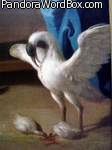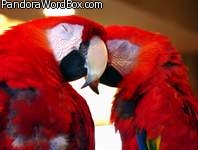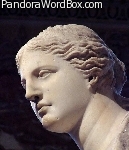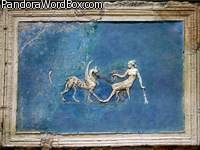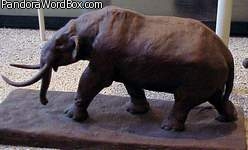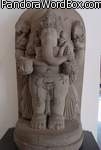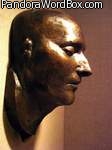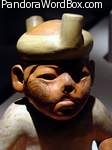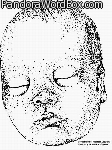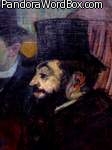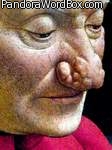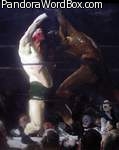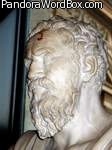Our websites offer information mostly for educational purposes with no intent to alter health care protocols nor to serve as a sole source of medical information.
Always seek the advice of your local health care provider.
|
×  Get the Point! PAIN – WOMAN – UKRAINE – PUTIN MOTHER – SISTER – SPOUSE – MOTHER RUSSIAN WAR – HOLOCAUST – GENOCIDE |
NOSE NOSTRIL NIS NOZZLE point to THROAT - GRIFFIN
Nutrition Nursing Snoring Proboscis - Gryphon
Rio River Rhine Rhinoplasty Rostrum - Graphic
... Griff Gryphon Griffin Graph Graphic
In my view, the complex panorama related to "NOSE" can be best grasped by being aware of the goddess RHEA and her attributes - a proof of the rich legacy left for the Europeans by ancient poets and philosophers (please see the list of related notions).
NOSE, in Latin is naso or beak, bow, bill, peak, or snout. The Greek root for nose is RHIN from RHYNCOS found in RHINitis, RHINoplasty, and RHINoceros. A wider perspective includes RIO, RIVER, RHINE and even in Ukrainian RICHKA - which is an index of the ancient root linking these words with a notion in common concerning FLOW as in "running nose".
Pointed objects also may have a NOSE, NOZZLE or MUZZLE and in the case of the front of ships a BOW, PROW or ROSTER ROSTRAL FACE or ROSTRUM. Being NOSY implies the intrusion of your nose where it does not belong. Again, note that in Ukrainian NOSE is NIS.
In Latin, the idea "nose" has extensive links including with; nare, naris, nascito, nasus, nosco and nutrire, natare, etc. In turn, these terms connect with ideas in swim, buttock, haunch, rear, nosy, to know, to observe, to understand, NOSTRIL, vents, NUTRIENT, nourish, NURTURE, NURSE, etc.
Nose shapes are captivating as illustrated by elements in mythology, poetry, biology and medicine. In classic mythology, Pandora, Venus, Psyche and other beauties most often are endowed with a very straight or "Greek" nose while negative characters like Nicothoe, one of the harpies, are endowed with an aquiline or "eagle" or griffin like nose. GRIFFIN points to GRAPHically GRASP and other links such as in Spanish "GRIFo" (spout or faucet) and FAUCE (for throat) as if the human throat or gullet is like a faucet or muzzle.
The emblem griffin is totally linked with the notions represented by AMAZONS and rooted in the tragedy of Penthesileia, the Queen of Amazons. Achilles fatally wounded her, and as she was dying, fell deeply in love and suffered for his crime for the rest of his life.
Griffin - click to see numerous additional illustrations indicative of the popularity of this emblem.
The nose stands out from the surFACE of the FACE and lends much of its character. Noses confer the ROSTer of faces or FAZ or ROSTRO (Spanish for face) of ethnic groups an interesting uniqueness. In some races, lips are more prominent than noses.
To "show face" or ROSTRO in Spanish, may imply courage. In Rome, citizens showed their ROSTRO by delivering speeches standing on elevated platforms known as ROSTRA. The Augustan ROSTRA was decorated by the ROSTRA or BOWS or BEAKS of captured ships from Cleopatra and Mark Anthony.
Many noses of members of the Habsburg dynasty, illustrate the effect of an autosomal (soma stands for general body structures) dominant (trait from one parent) gene (unit of DNA heritable information) causing characteristic facial features, mainly an exaggerated growth of the nose and jaw (mandible). In a political sense, the Habsburg dynasty was also "nosy" because they meddled in the affairs of others. Another example of a long nose is found in the wonderful tale about Pinocchio.
The nose, BEAK, SNOUT or BILL is but one component of feeding or nutrition systems. An expanded view is offered by MUZZLE, NOZZLE and NUZZLE. Some noses, in addition to sensory and sensual roles also serve to apprehend food and aspirate liquids. PROBOSCIS (Greek for "pro" and "feeding") is a nose that is mostly tubular and used as a PREHENSILE organ to GRASP or aspirate or suck food. Without APPREHENSION it is fair to generalize a view that the proboscis, beak, snout, nares, nostril and nose, prehensible or not, is an organ used for apprehending and comprehending (odor, sniff) nutrients.
The ancient root NASKA agrees with the view that being NOSY applies to meddlers and informers whom artists often endow with ugly noses. On the other hand, some cultures view that eagle or vulture like (aquiline) noses as worthier than other types.
Nasal size and shape can provide diagnostic clues, particularly to Medical Geneticists. A missing (agenesis) or maldeveloped nose is characteristic of Trisomy 13 or Patau syndrome (Arrhinencephalia). A small short nose is common in Down syndrome or Trisomy 21. Altered development of bones (skeletal dysplasias) may also result in typical nose shapes.
The medical specialty OTORHYNOLARYNGOLOGY or ENT (for ear nose and throat) emerged after Aetius of Amida or Antiochenus (502-575).
The Sanskrit root SNAUTY implies "to drip" and points to SNOUT and SNORE, thus also toward SNOT, SNORT, SNOOZE, snow, snob, snub, snuff, snug.
Nose bleeding or EPISTAXIS and "running" noses or RHINITIS or RHINORRHEA (rhein for flow) are landmark childhood problems. Obstructed noses are also more common in those with Down Syndrome. On the other hand, SNORING or SNOTRING and RHINOPHYMA (phyma for growth) or ROSACEA are more common in older people.
Finally, the "sport" of boxing reminds us that the nose is a delicately balanced structure which often heals so imperfectly that the nose remains deformed.
20221114 ww




